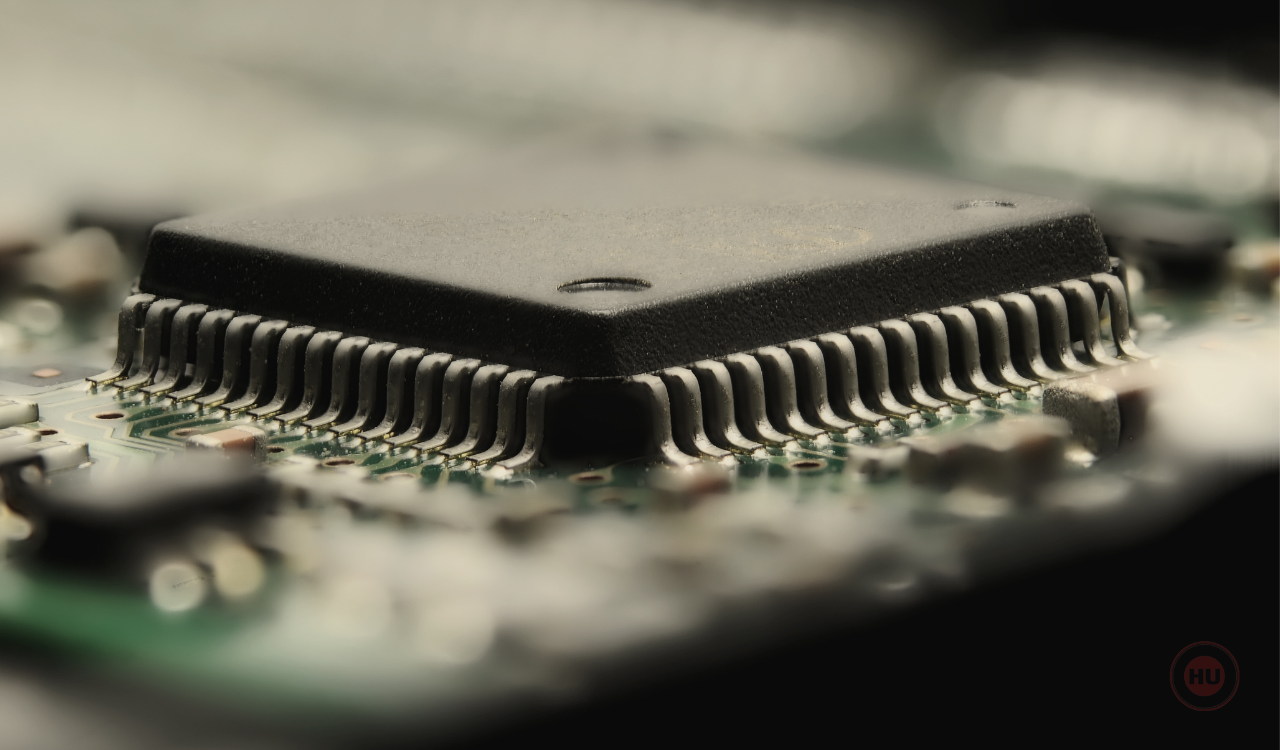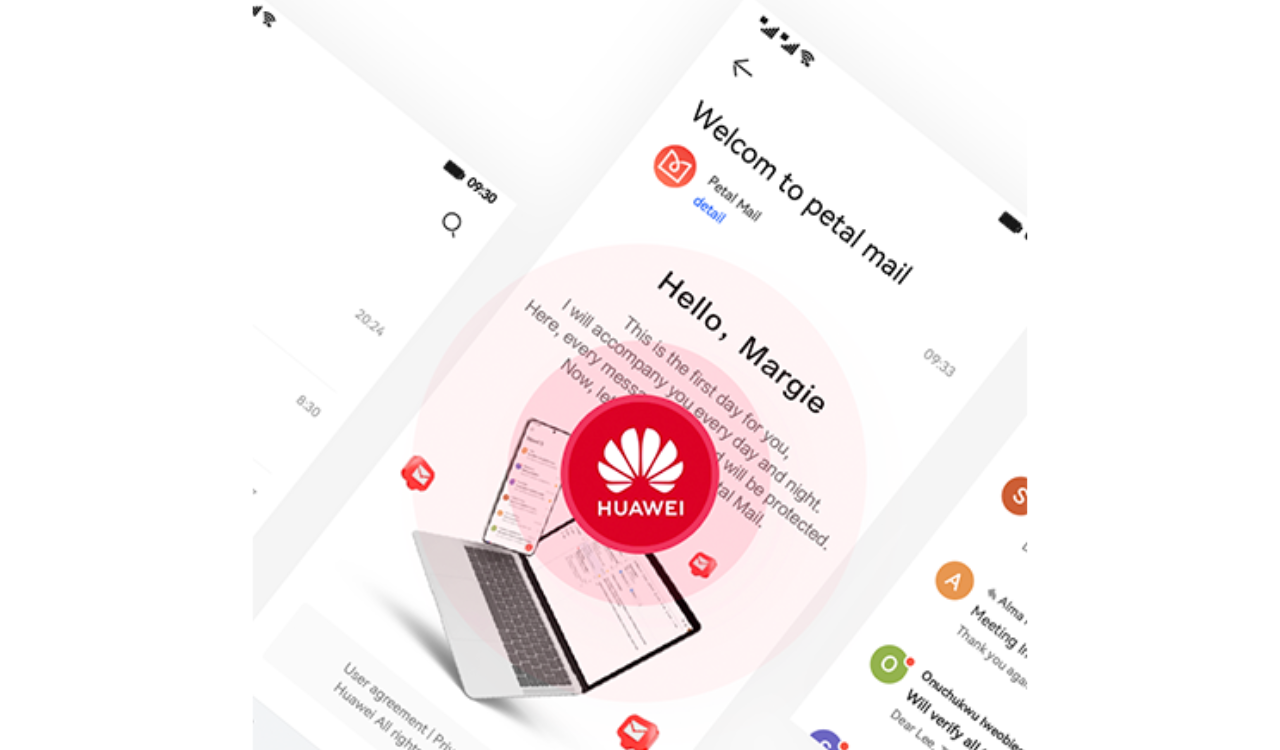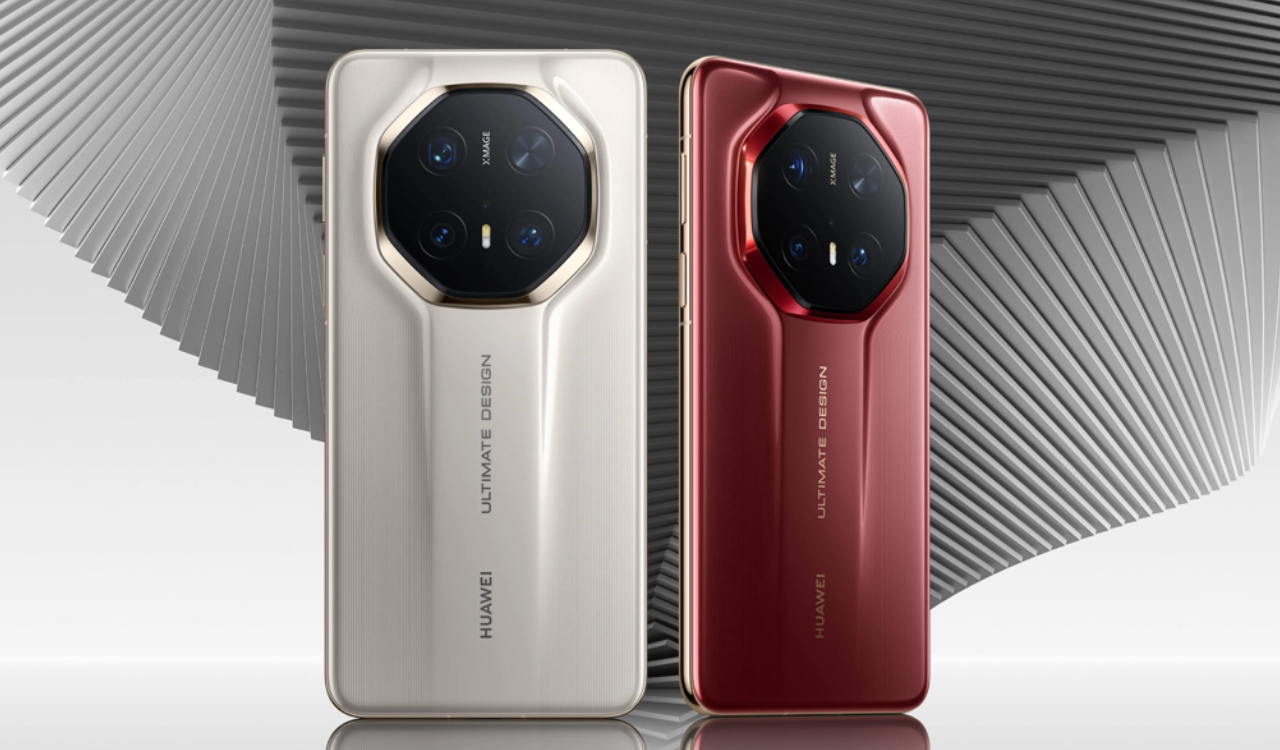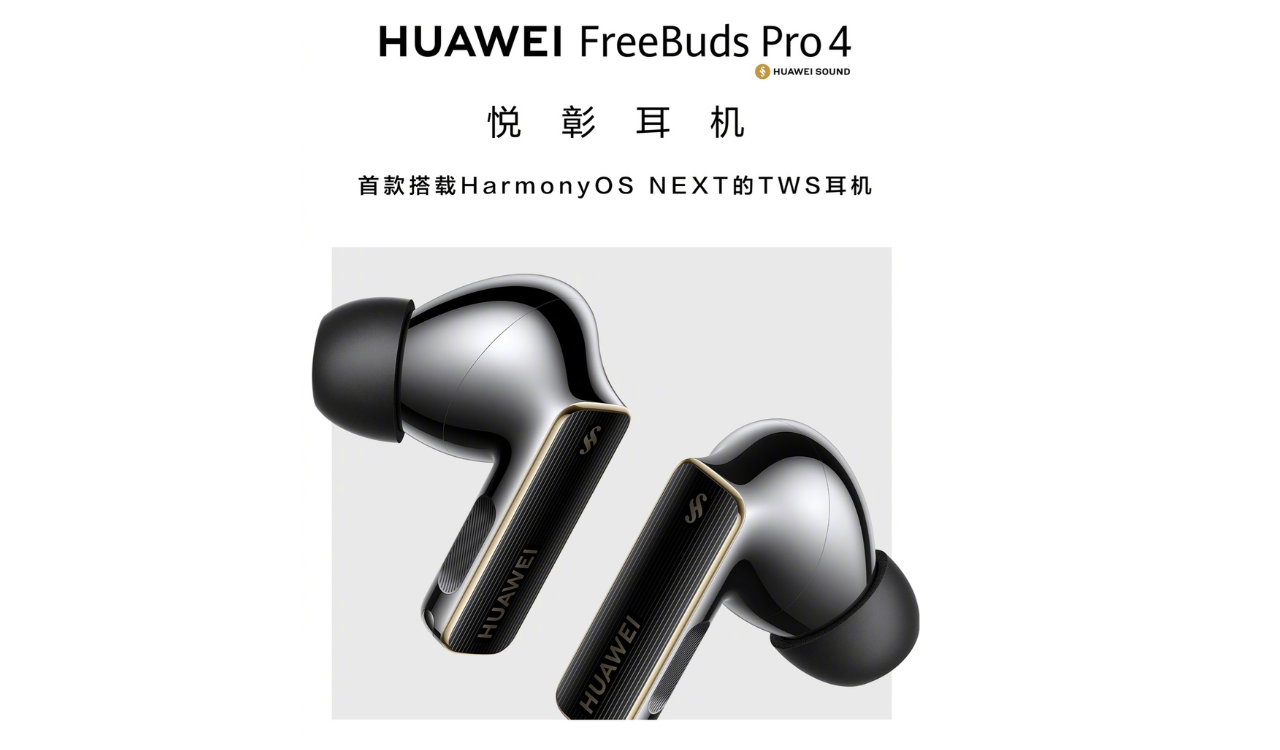Huawei News
Huawei may return to the chip market as early as this year

Huawei may return to the chip business, which it once designed in-house through its subsidiary HiSilicon and, often, TSMC’s foundries. The past USA ban has changed everything, and HiSilicon almost doesn’t make any more chips.
In fact, Huawei would be ready to start mass production of chips made with a 12 and 14 nanometer production process. The return to activity is good, the fact that these are not particularly advanced chips is less good. TSMC, which produces chips for Qualcomm and Apple, is already working on 4 nanometers, the technology Huawei would be working on today that was advanced 6 or 7 years ago.
A 12 or 14 nanometer chip is not expendable on modern top of the range, but to tell the truth, Huawei has no problem finding chips for its phones.
For at least two reasons. The first would be to keep HiSilicon, a company that designs chips that Huawei holds control of, alive. The second is that if it is true that 12 or 14-nanometer chips in 2023 are good, perhaps, for some very cheap smartphones it is also true that for certain applications they are still fine for smart appliances or some automotive applications.
Meanwhile for the wearables on which Huawei continues to be committed. By doing so, Huawei would keep HiSilicon alive and save compared to orders from an external supplier, and at a time when numbers have contracted heavily due to sales that are no longer those of the golden age, every penny saved is precious. Who knows that after many rumors Huawei will finally not be able to return to the chip market, and who knows that part of the merit may not be due to the recent patent movements with Oppo and Samsung .
Huawei News
Huawei Petal Mail App will no longer be available for download

According to the official information, the Huawei released the delisting announcement of its Petal Mail App. The full text of the announcement is as follows: [translated]
Thank you for your continued attention and support to the Huawei Petal Mail App. In order to better adapt to the changing needs of product experience, service content and local markets, we have made strategic adjustments to the Huawei Petal Mail App.
The Petal Mail App will officially switch to the Email App on December 31, 2024, and the Petal Mail App will no longer be available for download from the App Store. The Petal Mail App you have installed can be used normally. We apologize for the inconvenience. You can continue to view, send or receive emails in the pre-installed Email App on your Huawei phone or use a computer browser to open the Petal Mail official website ( https://www.petalmail.com ), and your emails and personal data will not be lost.

Huawei News
Huawei Mate 70 lineup repair spare parts prices announced

Huawei released the Mate 70 series of mobile phones, with a starting price of 5,499 yuan. At present, the prices of spare parts for the new Mate 70 series have been announced on Huawei’s official website.
Huawei Mate 70 lineup repair spare parts prices announced
Battery and motherboard
Mate 70
Battery — 199
12GB+256GB — 2499
12GB+512GB — 2899
12GB+1TB — 3599
Mate 70 Pro
Battery — 199
12GB+256GB — 2899
12GB+512GB — 3299
12GB+1TB — 3999
Mate 70 Pro+
Battery — 299
16GB+512GB — 4399
16GB+1TB — 4899
Mate 70 RS
Battery — 299
16GB+512GB — 6499
16GB+1TB — 6999
Camera


Huawei News
Huawei FreeBuds Pro 4 official announcement

Huawei officially announced the new FreeBuds Pro 4 headphones. This is the first TWS headset equipped with HarmonyOS NEXT and will be officially launched at the Huawei Mate Brand Festival on November 26.
As can be seen from the poster, the headset adopts an in-ear design with black and gold color matching, and the overall shape is similar to the previous generation. With the support of the new system, FreeBuds Pro 4 is expected to bring more functional upgrades.

For reference, Huawei FreeBuds Pro 3 was released in September last year with an initial price of 1,499 yuan . It is equipped with the Kirin A2 chip that uses Polar code, supports Star Flash connection core technology and Bluetooth technology, and the new L2HC 3.0 protocol.












